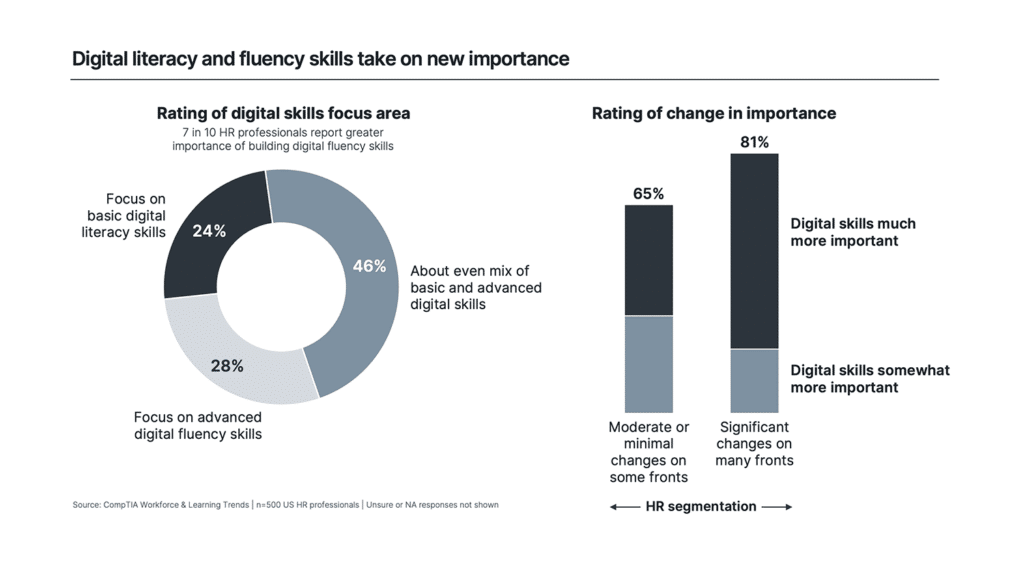
Parent’s Leave. Grandparent’s Leave. Compassionate Leave. Bereavement Leave. Miscarriage Leave. Medical Leave. Wherever we look, businesses are becoming more inclusive, more compassionate and more sustainable. But in one crucial area, we’re still falling short.
Across the UK, over 5.4 million people are carers. Some are part time, some are full time, and an alarming proportion are unpaid. Everyone knows how important carers are to our families, our communities and to our values as a society. And around 1 in 7 of us are combining caring responsibilities with a career.
That fact alone should set alarm bells ringing, not just in Whitehall, but also in businesses across the UK. We cannot carry on with so many people trying to juggle jobs and caring responsibilities. We’re already losing around £5 billion a year in our economy as carers drop out of the workforce entirely.
The recent Carer’s Leave Act will help to change things. Since 6 April, all employees have been able to take one week of unpaid leave each year. This policy is clearly a big step forward. But it still means people are being financially penalised for caring for their loved ones and families.
The brave thing to do now is to go a step further. That’s why we at TSB introduced paid Carer’s Leave in 2020. The way it works is simple: every year, colleagues can take up to 70 hours of paid leave to provide caring duties – no matter what position they hold or what role they play at TSB. It’s a drop in the ocean in terms of how much care so many people are providing – but all the evidence shows that it is starting to help.
Since we introduced paid Carer’s Leave, we’ve seen 8% of our colleagues register as carers – with the number growing each year. Over 60% are aged over 40. Importantly, the majority are from lower pay grades within the bank, who would otherwise have had to lose crucial pay to provide care for their loved ones. And there is no sign at all that the policy is being exploited: on average colleagues are taking just over one day of leave a year.
This has proved to be another example that doing good for your people does good for your business. We’re actually finding that colleagues are staying longer at TSB. The average length of service for colleagues taking paid carer’s leave is significantly longer than for other colleagues. In other words: instead of having to replace experienced colleagues who can no longer manage the balance between carer and career, we can continue to benefit from their years of experience and expertise.
Just as we have seen with other forms of personal leave, the introduction of paid carers leave hasn’t just been the right thing to do for our colleagues. It’s also the right thing for TSB – and makes us an even better business and a great place to work.
But the lesson from TSB is businesses don’t need to wait for a General Election to do the right thing. It’s high time every big business brought in paid Carer’s Leave.


